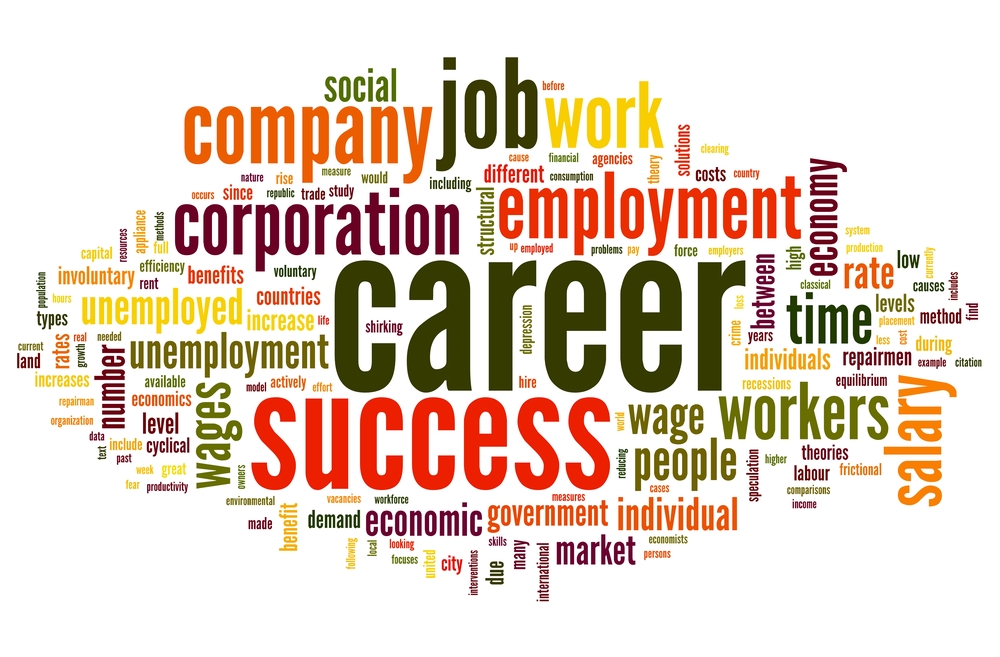The world has changed for the last 200
years significantly. The rapid development of new technologies over the decades
and the view of the online world have changed the way people live, communicate
and work (Hall, 2009). To sort technology we will have three basic categories: informative, which helps to obtain and use information. Second, communicative,
which includes language, signs, and the like which helps people to communicate
with each other and the last, useful, such as electricity and running water (Moradi, 2015). Technology
bring a lot of advantages and
disadvantages to industries.
Different industries have utilized
technology for different purposes. During the Industrial Revolution,
organization and companies employed the new technologies which tailored a lot
of economic advantages. "Large numbers of ordinary workers eventually saw
robust wage growth thanks to new technology" (Bessen, 2015). Then, wages
started to decline after appearance of more advanced technologies which
replaced the ordinary workers with some advanced machines to complete the
production process.

To overcome the problem of replacing
workers and declining in wages, people had to learn new skills
and knowledge. "This learning turned out to be surprisingly slow and
difficult, yet it was the key to higher wages" (Bessen, 2015). Technical skills learned through experience
gives workers with little education opportunities to get higher position than
they have with higher wages.

Naturally, new technologies and skills are
not the only factors that affect on wages. "Growing capital investments
made the workers more productive and growing opportunities for women workers
helped increase their pay" (Bessen,
2015). Perhaps, technology in future will be more advanced and
industries replace workers with innovative machines.
References
Bessen,
J. (2015). How Technology Has Affected Wages for the Last 200 Years.
Hall,
M. (2009). Changes in
Technology in the Past Decade. Retrieved from:http://www.legalsecretaryjournal.com/?q=changes_in_technology_in_the_past_decade
Moradi,
T. (2015). How Has Technology Affected Your Life. Retrieved from: http://www.academia.edu/4707878/How_Has_Technology_Affected_Your_Life





